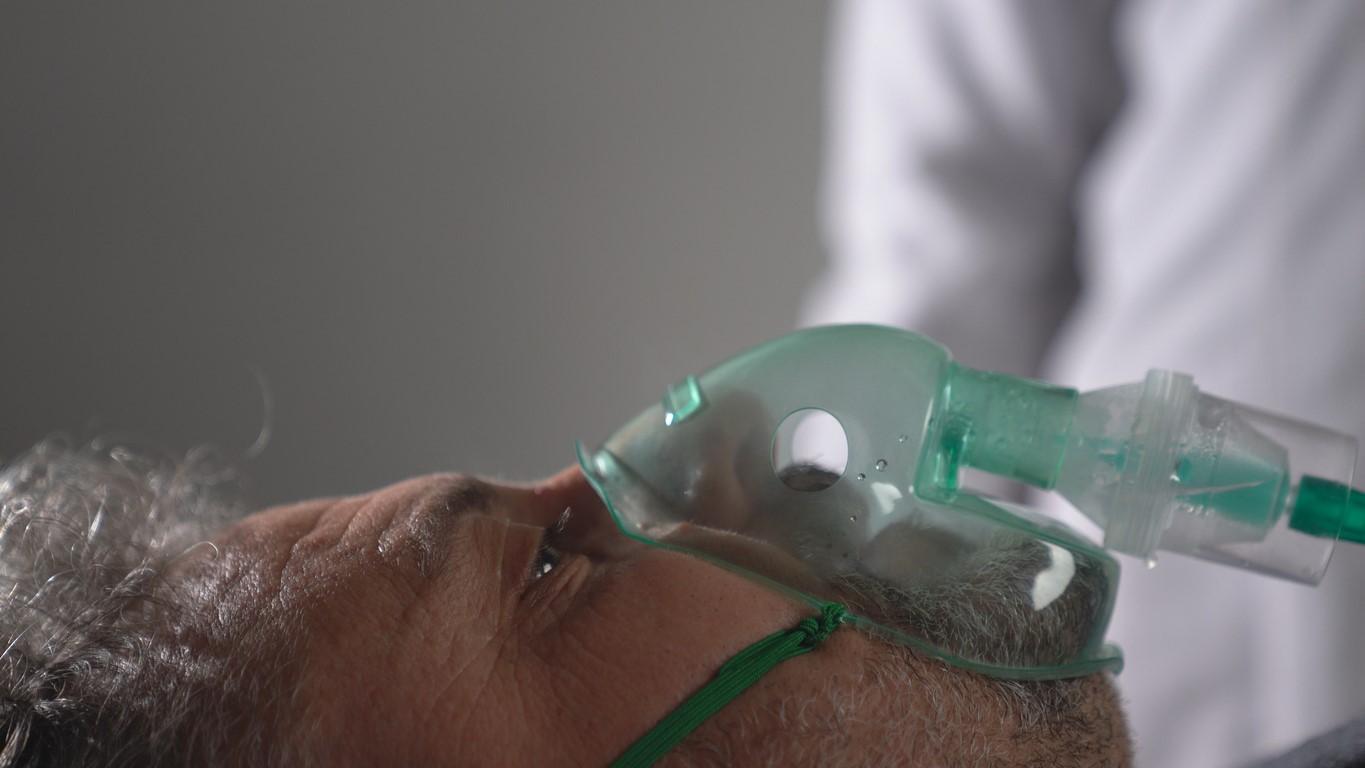Two new US studies identify risk factors for COVID-19 death, one pointing to the use of certain medications and the other describing development of a risk calculator that showed elevated risk in non-white populations and in people with underlying conditions and social deprivation.
Hydroxychloroquine, azithromycin combo
The first study, published yesterday in JAMA Network Open, found that use of a combination of the antimalarial drug hydroxychloroquine and the antibiotic azithromycin was linked to increased risk of death in hospitalized COVID-19 patients, while cholesterol-lowering statin drugs, vitamin C or D, and the cardiovascular drugs angiotensin-converting enzyme (ACE) inhibitors and calcium channel blockers appeared protective.
A research team from Premier Applied Sciences, a healthcare database and analytics provider in North Carolina, analyzed data from 35,302 COVID-19 patients in 592 US hospitals in April and May.
Of the 35,302 inpatients, 7,164 (20.3%) died, 6,849 (19.4%) were admitted to the intensive care unit (ICU), and 5,625 (15.9%) required mechanical ventilation. Common complications included acute respiratory failure (19,706 [55.8%]), acute kidney failure (11,971 [33.9%]), and sepsis (11,910 [33.7%]). Other complications included acidosis, acute liver damage, neurological disorders, and elevated potassium levels.
Of all inpatients, 2,871 of 35,302 (8.1%) had acute respiratory distress syndrome, 4,028 (11.4%) had shock, 2,857 (8.1%) had acute ischemic heart disease, 2,606 (7.4%) had neurological disorders, 1446 (4.1%) had venous thromboembolism, and 810 (2.3%) had cerebrovascular disease. Inpatients and those who died had significantly higher prevalence of all complications than did outpatients and survivors.
Factors most strongly tied to death included age 80 years or older (odds ratio [OR], 16.20) and use of a combination of hydroxychloroquine and azithromycin (OR, 1.21). In contrast, the use of statins (OR, 0.60), ACE inhibitors (OR, 0.53), calcium channel blockers (OR, 0.73), and vitamin C or D (OR, 0.89) was associated with significantly lower odds of death.
The authors said that the protective associations of the latter drugs could indicate easier access among socially advantaged patients than among those without access. "Further studies are needed to explore the mechanisms behind the protective associations of these drugs," they wrote. "Meanwhile, it may be important to continue these antihypertensive and antilipidemic treatments in patients with hypertension, hyperlipidemia, or other cardiovascular conditions."
Men were 18% more likely than women to die in the hospital, while black patients were 25% less likely than whites to die. Patients transferred to the hospital from nursing homes were 50% more likely to die than those admitted from non-healthcare facilities. Patients hospitalized in the Northeast had a 59% higher odds of death than patients in the Midwest.
The most common underlying diseases were high blood pressure, abnormal cholesterol levels, diabetes, and chronic lung disease. Mean Charlson-Deyo Comorbidity Index score was 2.1 (indicating moderate illness) for inpatients overall and 3.1 (indicating moderate to severe illness) for those who died.
"COVID-19 was associated with high ICU admission and in-hospital mortality rates," the authors concluded. "Understanding the potential benefits of unproven treatments will require future randomized trials."
Elevated risk in non-white populations
In the second study, published today as a research letter in Nature Medicine, a team led by researchers from Johns Hopkins University developed and tested a web-based general population for adult COVID-19 death that incorporated sociodemographic factors and underlying conditions.
The researchers applied the model to data on risk factors in 477 US cities and for Medicare beneficiaries 65 years and older in 3,113 counties. A validation analysis using 54,444 COVID-19 deaths from Jun 7 to Oct 1 indicated that the model is appropriately calibrated for the US population.
Blacks were at significantly higher risk of COVID-19 death than whites (relative risk [RR], 3.18), as were Asians (RR, 1.38), Hispanics (RR, 2.77), and Native Americans/Alaskan Natives (RR, 1.72).
External covariate adjustment showed that accounting for other risk factors, including social deprivation and underlying conditions such as obesity and diabetes, which are more prevalent in racial minorities than in whites, explains less than 16% of the racial differences in death rates.
Index of Excess Risk scores varied eightfold to tenfold by city and county for adults with underlying illness and Medicare beneficiaries 65 years and older. Some major cities, including Baltimore, Detroit, Miami, New Orleans, and Philadelphia, had very high risk scores.
The authors said that their results could inform policy for equitable dissemination of vaccines and other scarce medical resources and that their calculator could enable flexible creation and updating of other risk models that could be used to perform population-level risk projections.
"We believe that the model is unique in that it can be used to project absolute rate of mortality for individuals with different risk profiles by combining information on individual-level risk factors, as well as on changing dynamics in the epidemic at the community-level captured through available forecasting models," the researchers wrote. "Our risk tool and the underlying statistical methodologies can be applied to carry out similar analyses internationally and thus to inform prevention efforts globally."





















